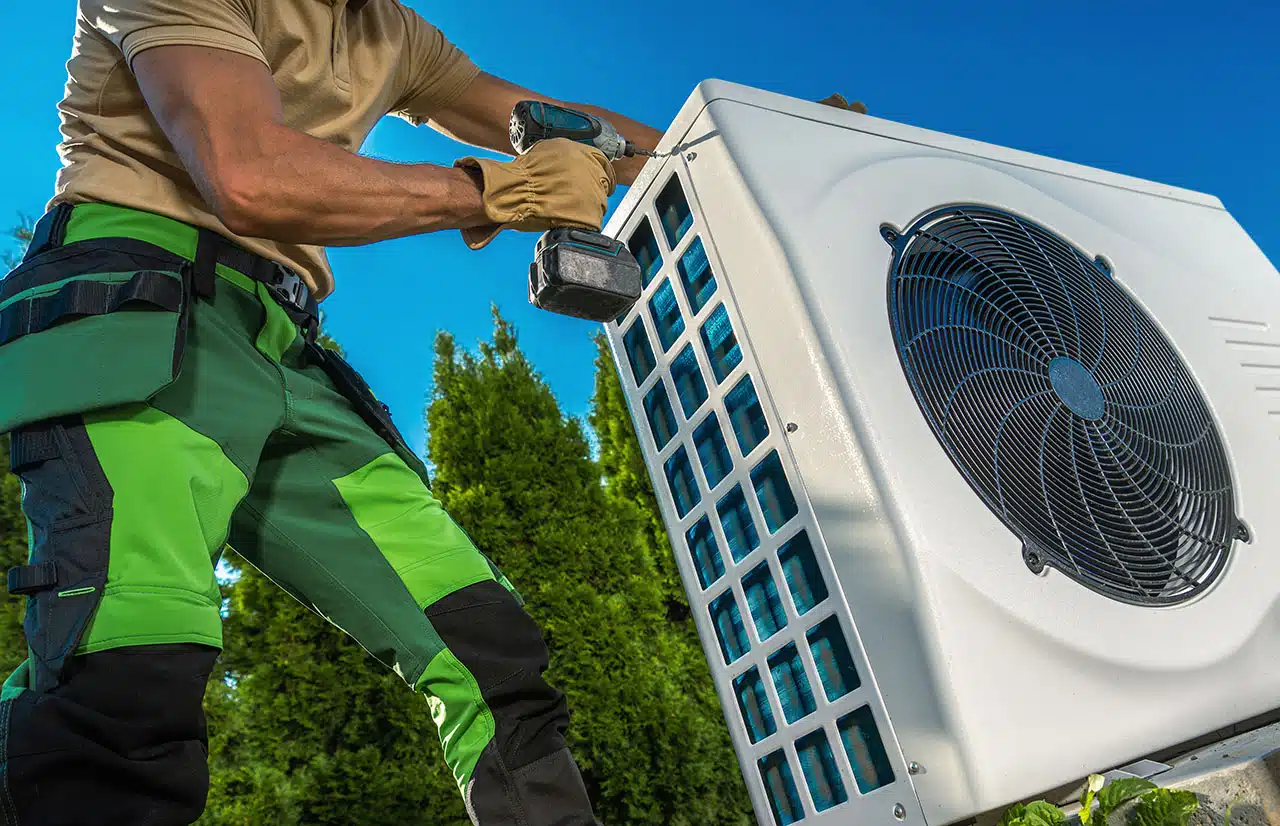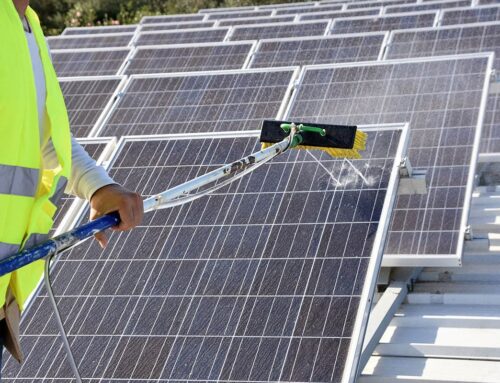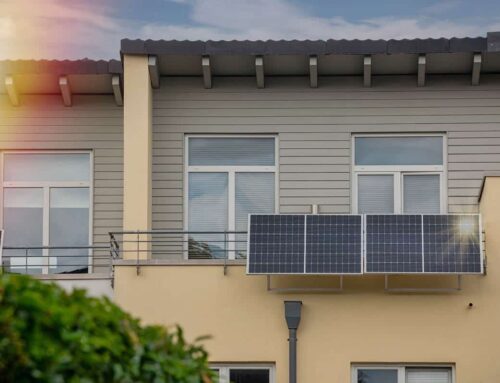Old building with heat pump – what makes sense?
Heating a house in an environmentally friendly way with free energy from the environment is the basic idea behind heat pumps. And it’s a good idea. The technology is increasingly being used in new builds, and renovators are now also showing great interest. But does retrofitting a heat pump in an old building work? Find out here.
Heat pumps – how do they actually work?
A heat pump harnesses heating energy and hot water from the air, ground or groundwater by vaporising a refrigerant using the heat available there. This vapour is compressed by a compressor and heated this way. This is why a heat pump always requires a certain amount of electricity. The hot vapour gives off its heat to the heating circuit where it is cooled and then returned – the cycle starts all over again.
Heat pump in old buildings – the requirements
In order for a heat pump system to develop its environmentally friendly and cost-effective properties, a number of requirements must be met. For example, the heating system must have a low flow temperature, which can be achieved in existing buildings through energy-efficient refurbishment – i.e. effective thermal insulation – and large radiators. So if the roof and façade are well insulated and energy-saving windows and doors have been installed, a heat pump may well be worthwhile.
Test in advance – will it work for me?
Homeowners can easily find out whether a heat pump can be retrofitted in their old building: Simply turn the flow temperature of the existing heating down to 45 °C on a very cold day. If it is cosy and warm with the thermostat valves fully open, the heat pump may be worthwhile. If not, the heating load should be calculated by an installer and possibly replace some radiators with larger ones.
Old radiators – new heat pump?
If you don’t have underfloor heating that is suitable for the new heating technology, but instead have classic radiators, you will probably shy away from the high cost of replacing them with panel heating. This is possible in principle, but is subject to further requirements:
Teamwork of heating technologies
Where a heat pump alone does not achieve the desired result, a hybrid solution may be an option. The homeowner can retrofit their oil or gas heating system with a heat pump. The more favourable type of heating is then always used.
It is also possible to combine environmental heat with solar thermal energy or photovoltaics. In this case, the solar thermal system relieves the heat pump when generating hot water and/or the electricity for operating the heat pump is generated by the PV modules.
Requirements in old buildings – our checklist






